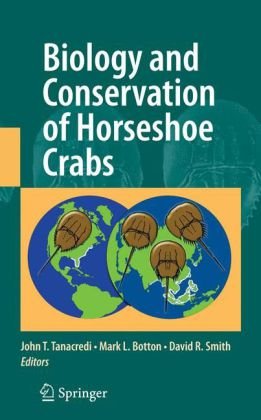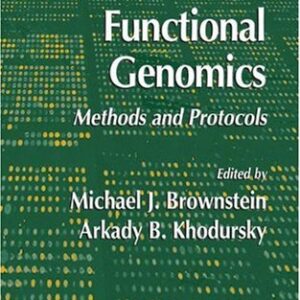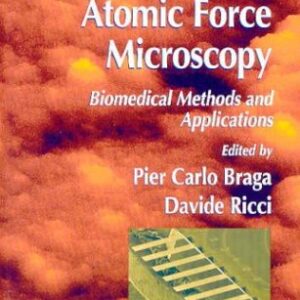Biology and Conservation of Horseshoe Crabs, edited by Dr. John T. Tanacredi, Dr. Mark L. Botton, and Dr. David R. Smith, offers proceedings from a ground-breaking 2007 international symposium at Dowling College on the science and conservation of the horseshoe crab. Horseshoe crabs are well-known as “living fossils” with a geological history covering hundreds of millions of years and an ancestry reaching back 455 million years to the doorstep of the Cambrian. In spite of this longevity, each species now faces common and growing threats. Loss of essential spawning habitat due to erosion and shoreline development, coastal pollution, and overfishing all threaten horseshoe crab populations. Symposium participants from around the world gathered to share knowledge, present research results, and identify conservation challenges facing horseshoe crabs. This shared international knowledge and experience is presented here as a beginning in our collective efforts to conserve the world?s horseshoe crab species. Throughout the book, the reader will find results of new studies, and authoritative reviews on the science and conservation of all four of the world?s horseshoe crab species.
About the editors:
Dr. John T. Tanacredi is Chair and Professor of Earth and Marine Sciences at Dowling College. He is a Research Associate in the Invertebrate Zoology Department at the American Museum of Natural History.
Dr. Mark L. Botton is a Professor of Biology at Fordham University.
Dr. David R. Smith is a Research Biological Statistician for the U.S. Geological Survey.






Reviews
There are no reviews yet.